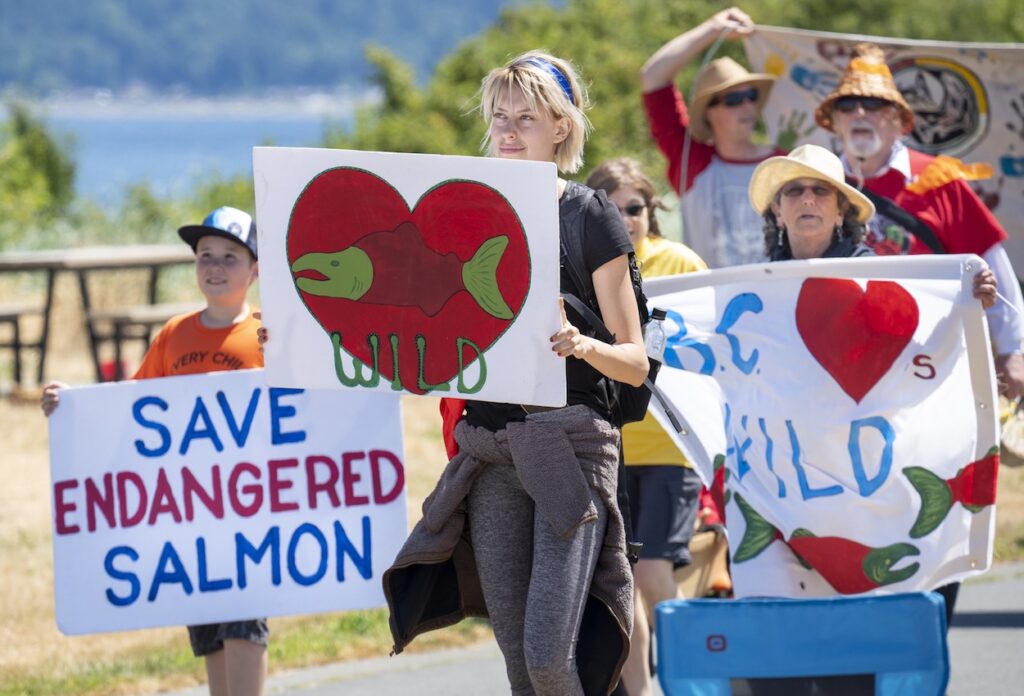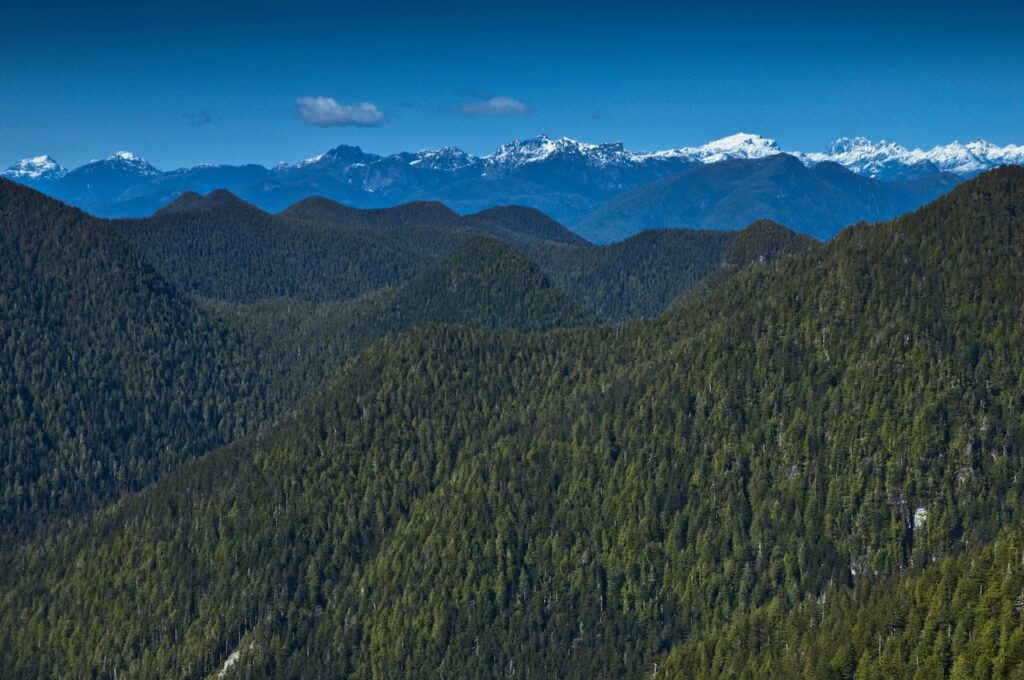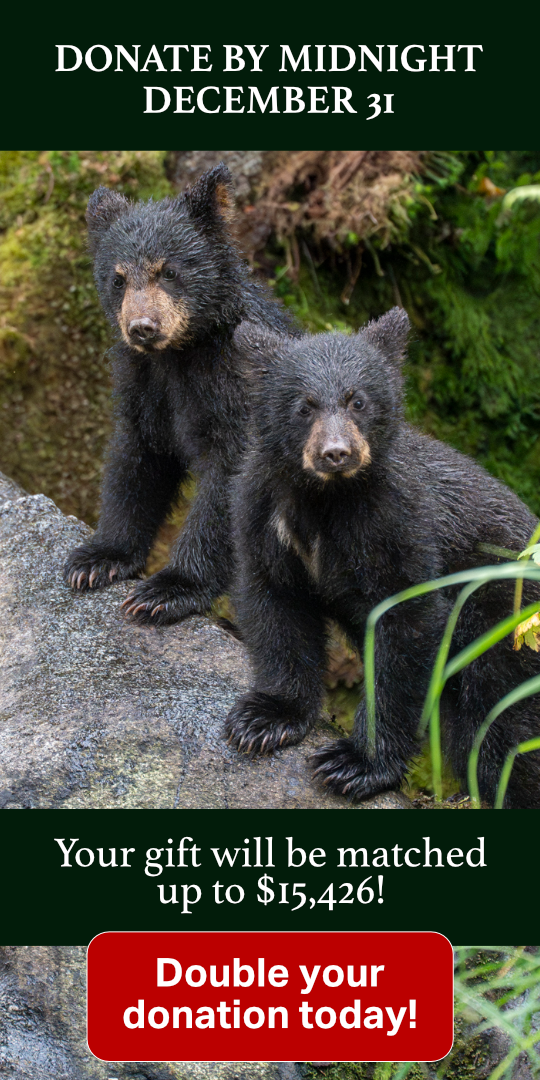We’ve uncovered a lot of shocking and disgusting information while investigating the truths behind factory salmon farming. But nothing prepared us for the raw, gut-turning reality revealed in the footage we’re releasing today.
We call them the Sh*t Tapes — because there’s little point in dressing-up what is, quite plainly, a deeply foul and disturbing reality. The amount of feces and waste feed dumped into our coastal waters by a relatively small experimental salmon farm is shocking.
Can you take a minute to voice your concern to the Minister of Fisheries and send a letter? Add your voice HERE.
This ROV (remotely operated vehicle) video footage comes from beneath an “experimental” fish farm near Tofino, B.C. This fish farm design was previously called a Semi-Closed Containment System (it’s referred to as SCCS for short, in the government documents we accessed below). However, the industry may now be referring to it as a Closed Containment system. Regardless what they’re calling it, it’s clearly failing.
We obtained the video footage through a government request, after our allies Clayoquot Action sounded the alarm that something disturbing was happening at the site. They documented months of surface pollution near the Millar Channel factory fish farm, owned by Norwegian-based Cermaq.
The underwater videos were taken by a Fisheries and Oceans Canada inspector when he visited the farm site after complaints were made about the pollution. We also accessed his disturbing inspection report (ATIP pages 31-33), which can be read here. It includes:
“We flew an ROV transect below the SCCS [Semi Closed Containment System] feed pipe on bottom, and shortly into the transect noticed a “trench” that appeared to be approximately 30 cm wide. The trench appeared to be dug out of the mud bottom and it was full of fish feces. We followed the trench with the ROV for about 5-6 minutes with no end observed.”
“We followed the trench the opposite direction and went under the SCCS. The trench led to a massive area below the SCCS covered 100% with feces and fish feed.”
“We flew the ROV up to a few of the ports along the bottom of the SCCS and observed a significant amount of feed and feces coming out of the outflow ports.”
The videos are a little choppy in places, perhaps due to the depths attained by the ROV and its connection to the surface. However, we wanted to release them in their entirety to make them a part of the public record and to show the world what factory fish farming is doing to coastal waters.
The sea bed under most salmon farms is too deep for divers to reach, so people rarely see what is under factory fish farms. These videos make it crystal clear. Loads of feces and feed from this relatively small experimental fish farm is smothering wide stretches of the sea bottom. It’s unbelievably disturbing.
Here are all the videos we received:
- Aerial drone video: Video 1
- ROV follows surface cables and tubes: Video 2
- ROV dives to sea bottom and views feces and feed trench, and massive polluted areas: Video 3
- ROV rises between 46 – 43 metres and views feces and feed falling?: Video 4
- ROV moves around ports and bottom sludge collector: Video 5
A news article was written on the disgusting incidents detailed in the inspection report of this site, and an industry spokesperson was quoted as saying this farm has been working “exceptionally well.”
The article also mentions the ROV videos. What is also very troubling is the documents we received also mention some redacted health issues of the fish in the experimental fish farm (SCCS) and the use of Florfenicol a total of seven times, including in February 2025. Florfenicol is an antibiotic and is commonly used to treat furunculosis in farm salmon, a common disease. It’s also typically administered in the feed, and as the videos show, the feed is spreading all over the seafloor. Therefore, it’s well within the realm of possibility that medicated feed was discharged into the surrounding ocean and wild species, like fish and crab, ate some. In addition to the negative health impacts on wild species, is this not a human health risk? What if people are fishing or harvesting prawn or crab in an area where medicated feed is spread into coastal waters? We’re not aware of any public notices that were made about this risk…
For a compilation reel of the most concerning parts of the video files, watch this:
As an endnote, the federal government promised to transition the remaining open net-pen salmon farms from BC. They’re supposed to release a transition plan this year, detailing how it will happen.
This disgusting incident of an experimental ocean-based salmon farm shows that fish farms— no matter what type—don’t work in the ocean. Whatever the federal government releases in its plan, it can’t include factory salmon farms that operate in the ocean. Full stop.
* in collaboration with Stan Proboszcz from SAFE SALMON and Watershed Watch Salmon Society
What happened? Learn more about the incident and what we found during our CSI trips in Clayoquot Sound here:






